

Sourdough Glossary
Autolyse
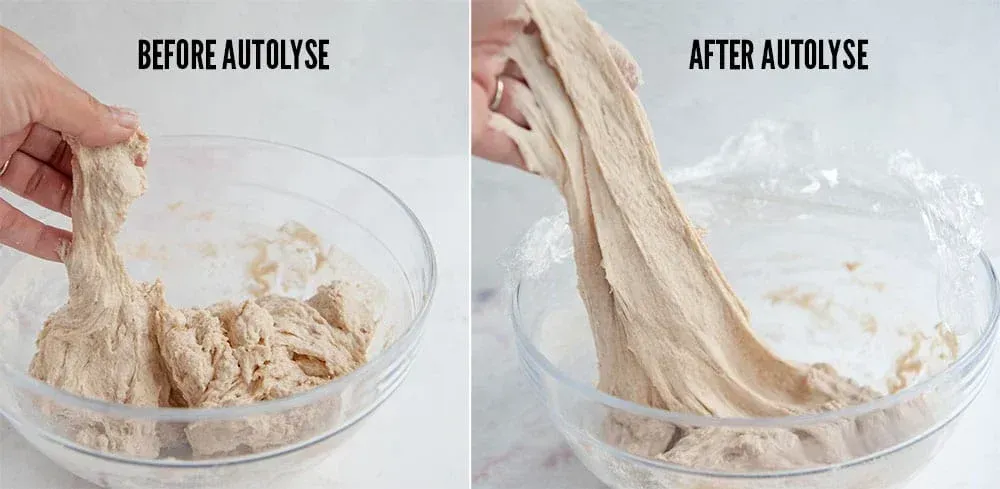
This is mixing your flour and water first and letting it sit for 1-4 hours. During this process the water hydrates the flour, which encourages enzymes to begin gluten development. This process makes your dough easier to handle, gives you better oven spring and improves the texture and flavor of your bread. If you are using a whole grain flour, like rye, spelt or whole wheat in your recipe, it is advisable to perform an autolyse as it takes these grains longer to absorb water. It will dramatically improve the flavor and light, airiness of your crumb. If you are just using bread flour, you can skip this step and still have a great tasting bread!
Banneton
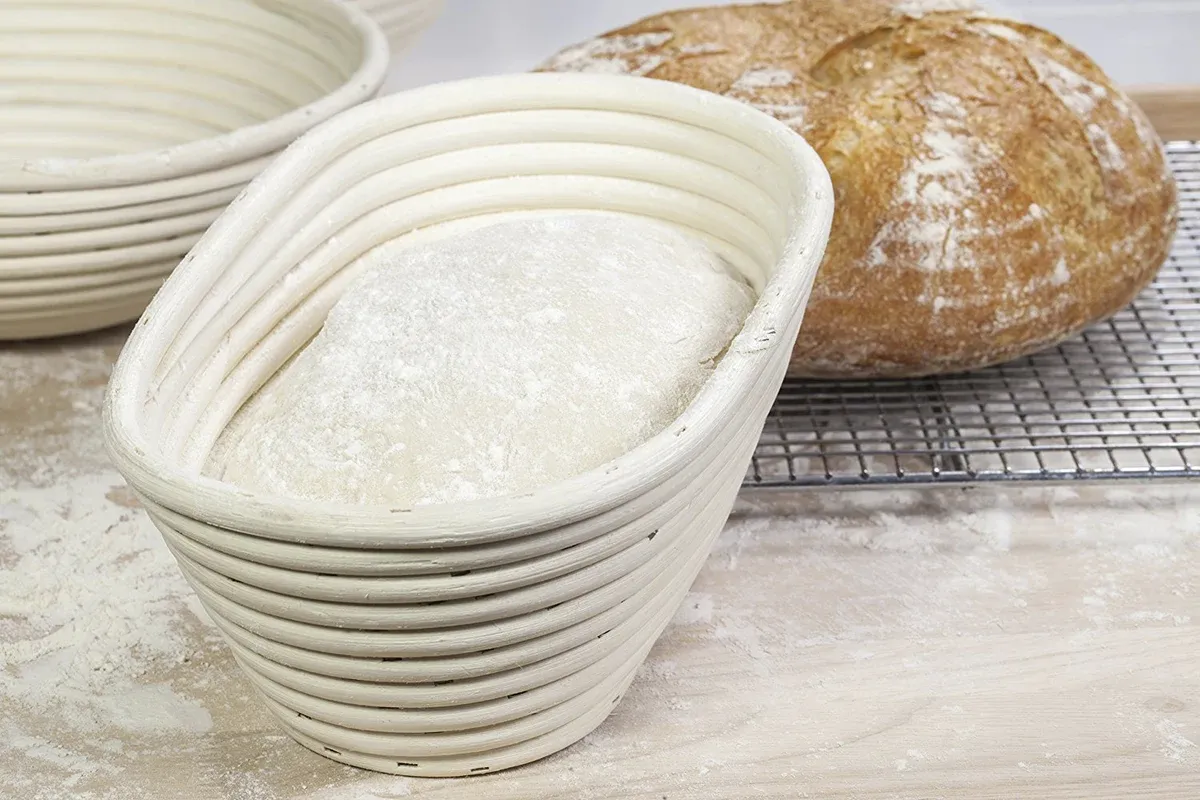
A brand name for a common proofing basket. Where you put your shaped dough to let it raise once more and then do the cold ferment before baking.
Batard
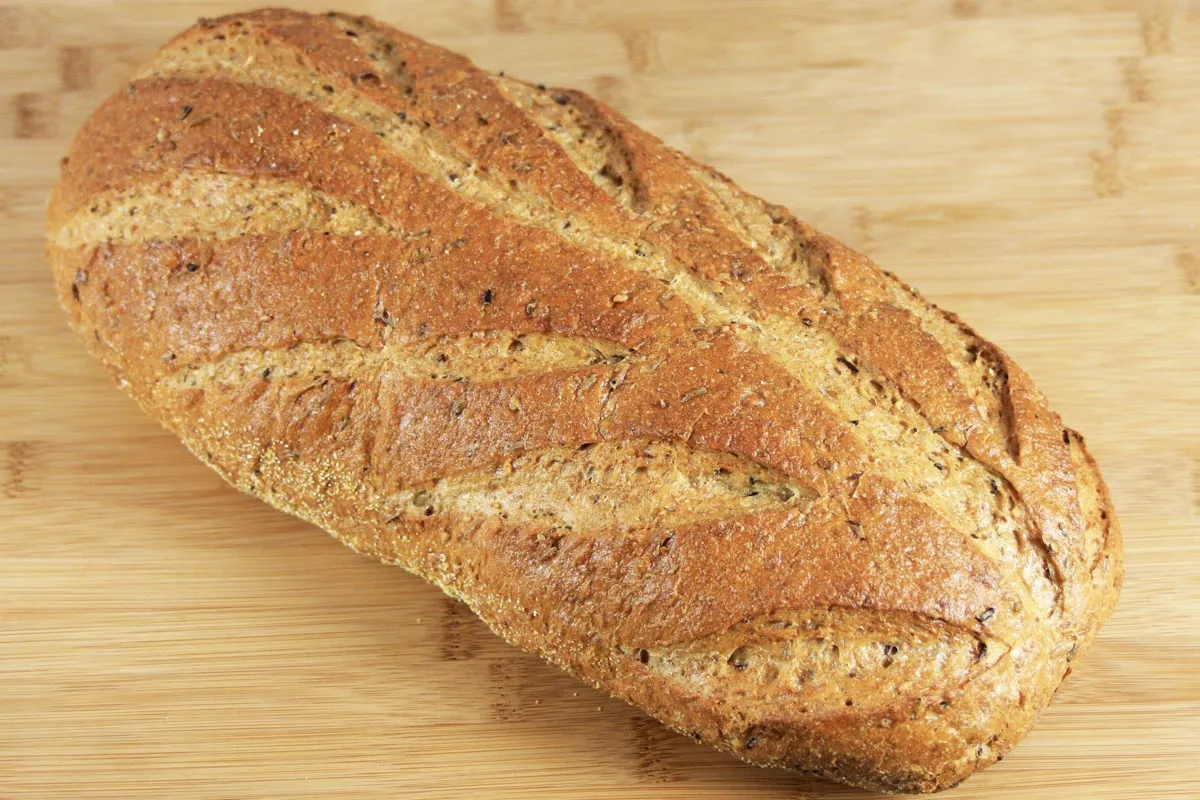
An oval shaped Artisan loaf of bread.
Boule
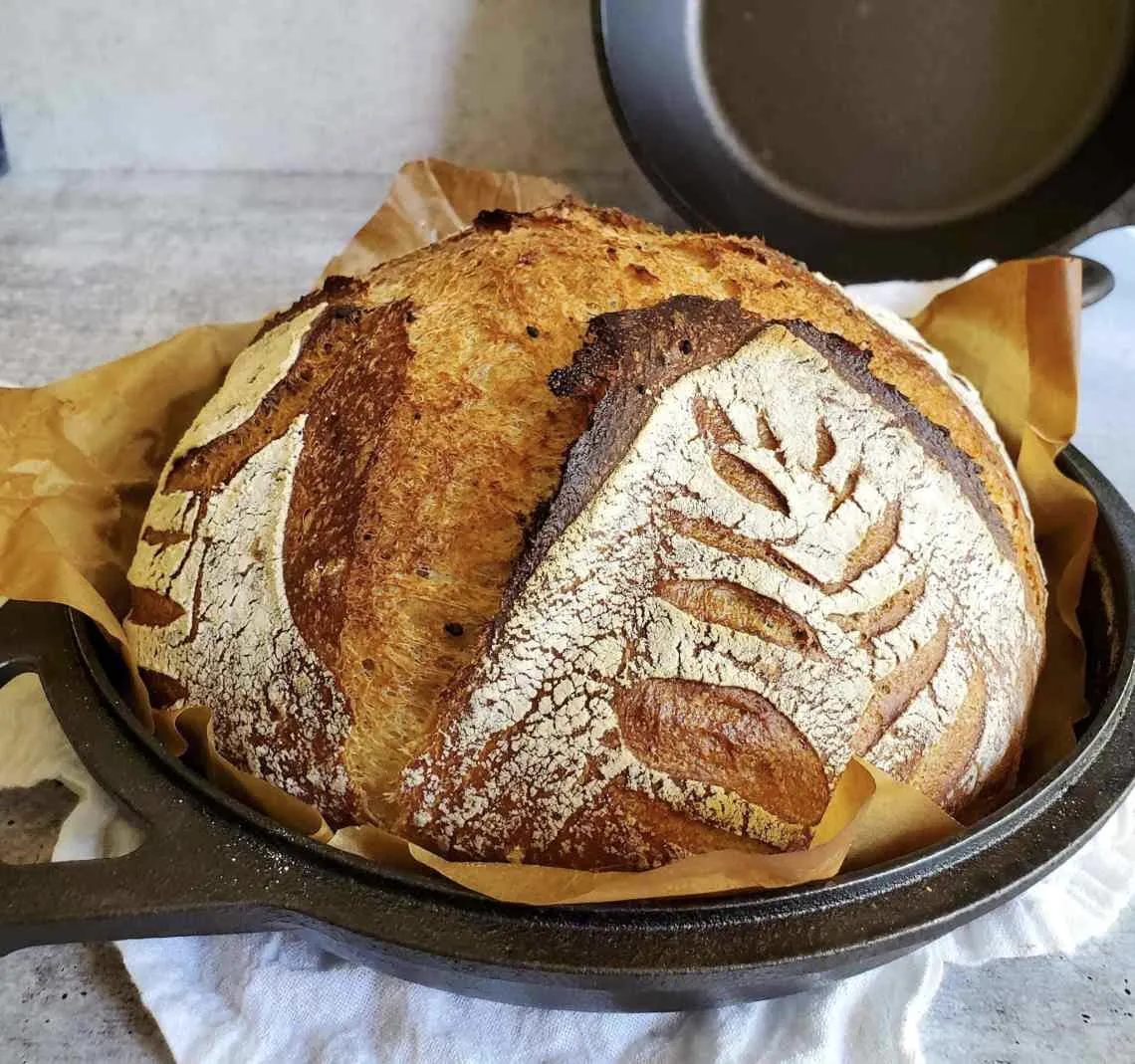
A round (“bowl”) shaped loaf of bread.
Bread Lame
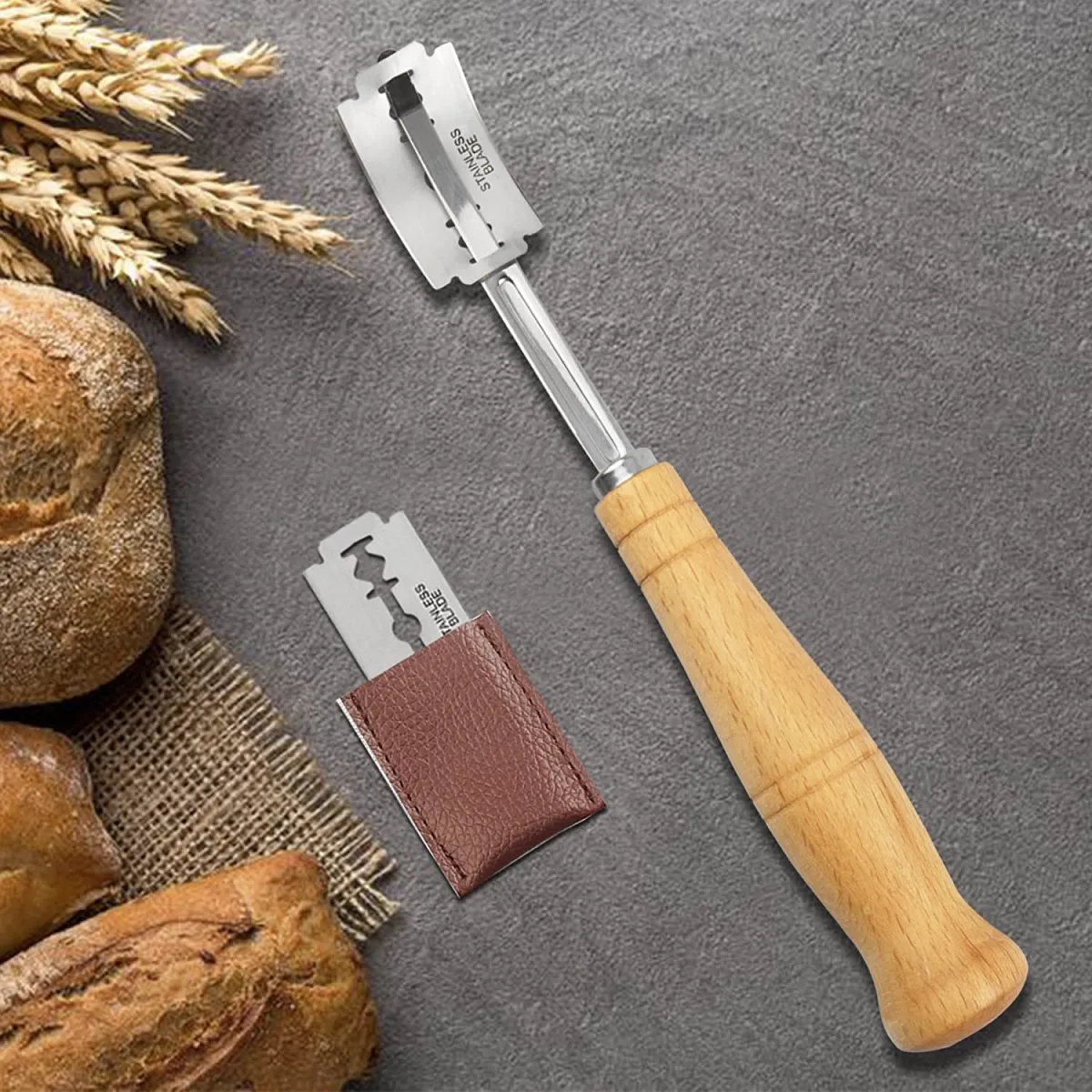
This is used to create the main score (cut) across the bread to achieve the infamous “ear.” The arch on the blade cuts the dough while lifting it up, allowing it to rise and flap while it bakes.
Bulk Fermentation
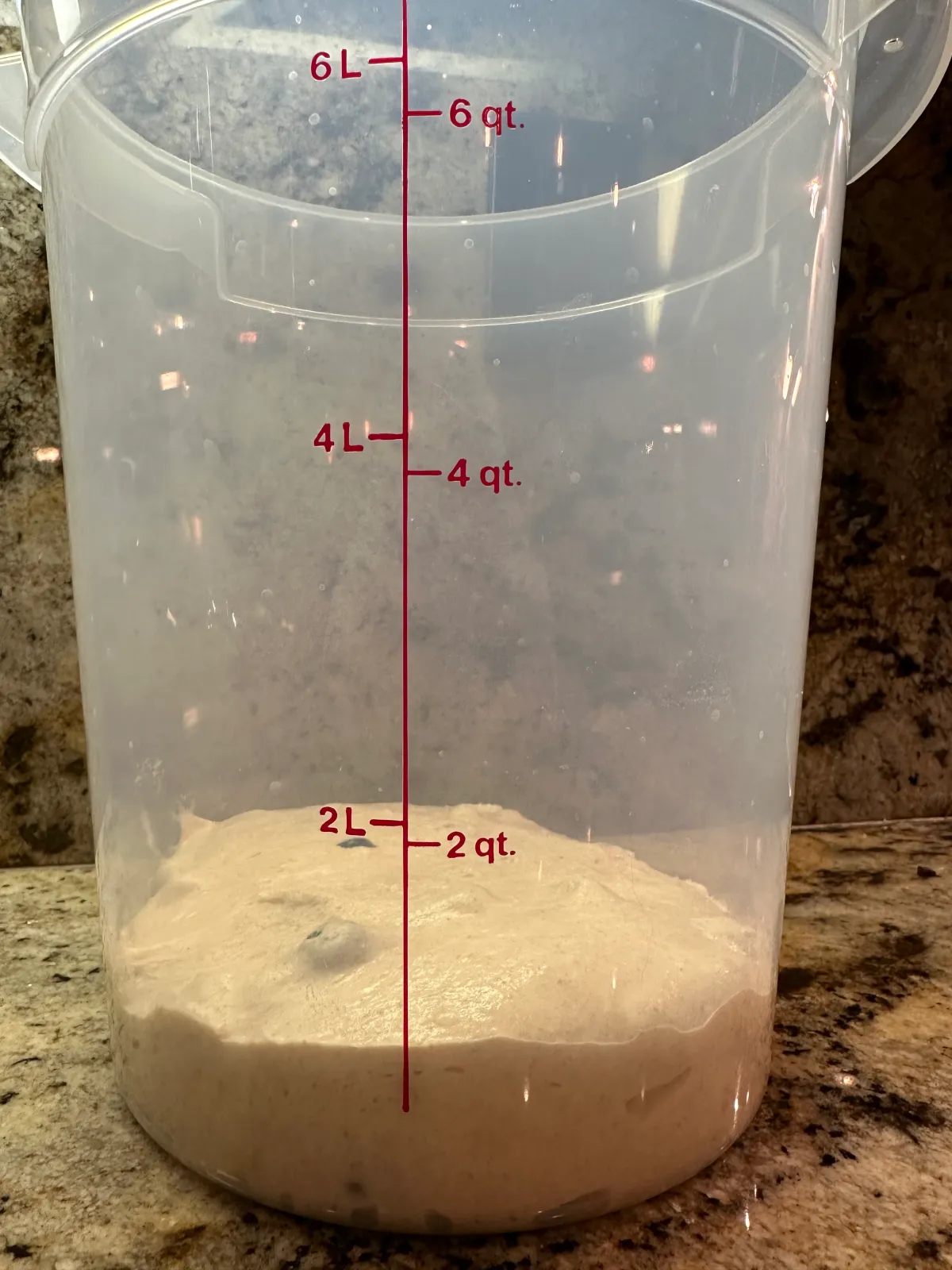
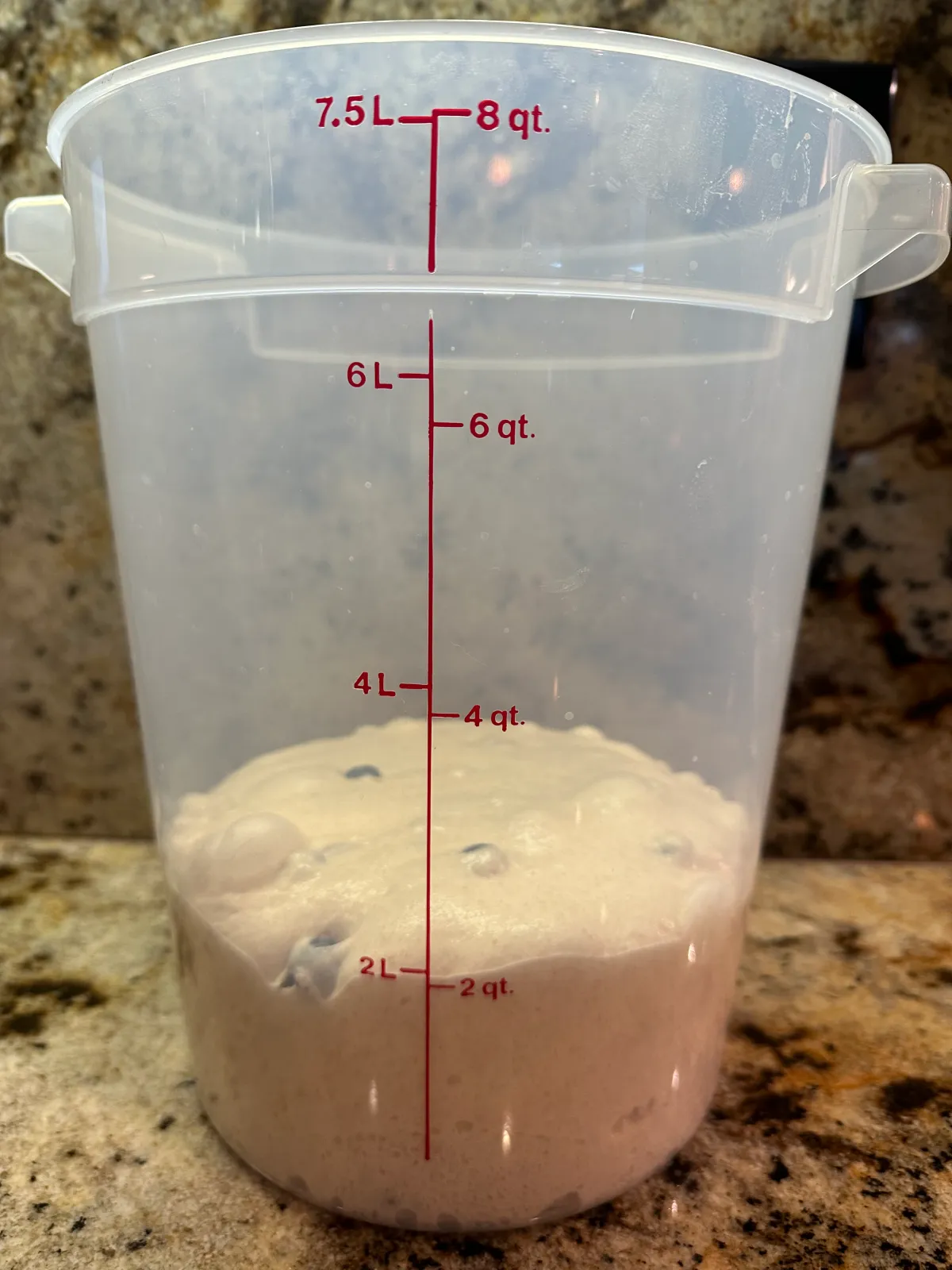
This is the 6-12 hour window of time while you are letting the cultures do their work and make the bread rise. During this step you are building the gluten strength in your dough, which will give you height and oven spring. It is the time from when you first mix the dough to the time you put it in the refrigerator for the cold retard. What you do during this process will determine your crumb. During the bulk fermentation, you will perform some stretch and folds, lamination and some coil folds. During this time you will also be letting the dough rest for a few hours, then shaping the dough and putting into your proofing basket. The colder your room temperature, the longer your bulk fermentation will be. Short bulk fermentation is achieved in a warm summer kitchen. Proper fermentation is key — not enough or too much will result in dense bread.
Coil Folds
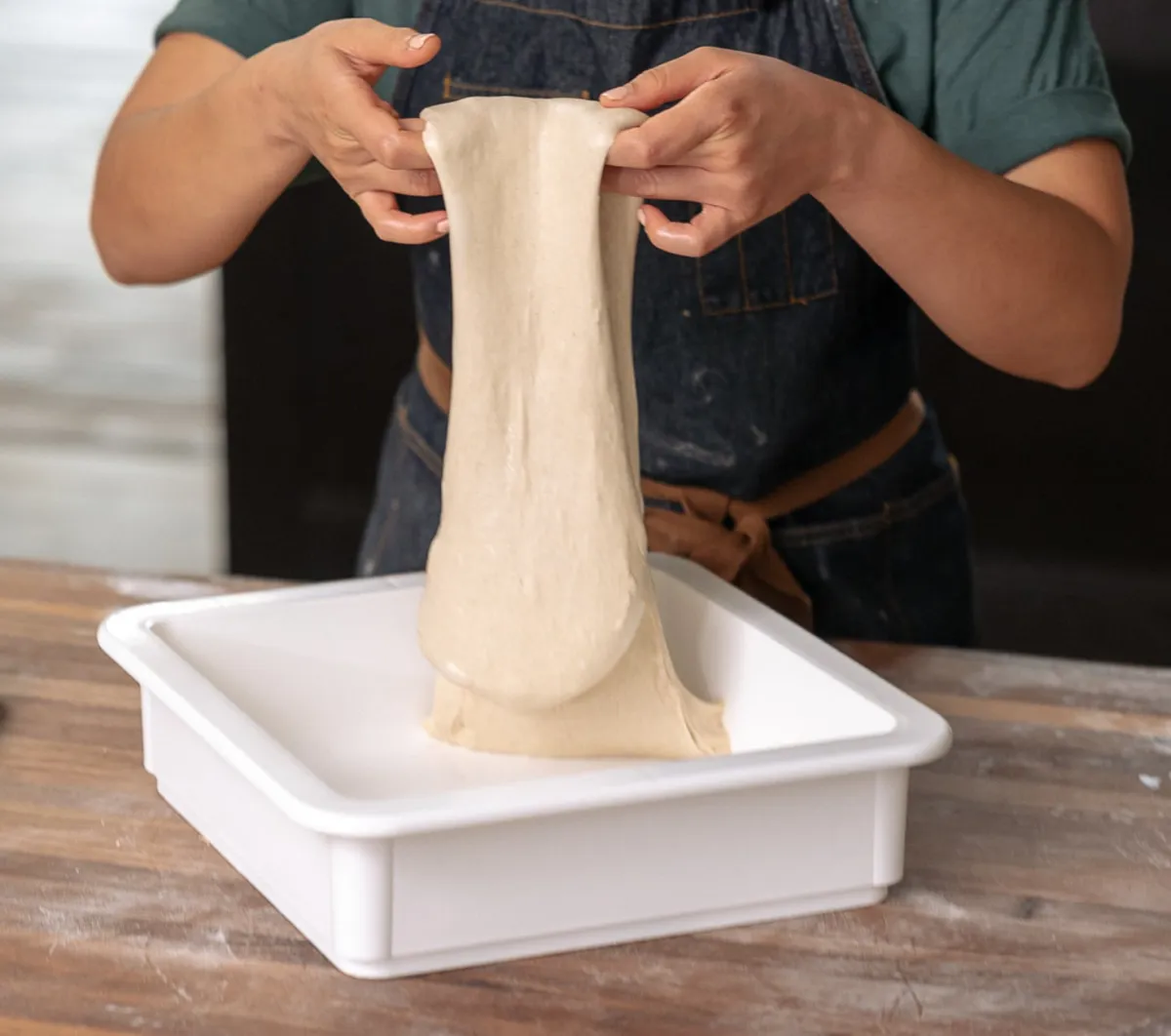
Folds done in the dough that coil around themselves. Folding sourdough builds strength in the dough and helps develop a stronger gluten network. Each fold has an impact on dough strength, which in turn helps your dough with its oven spring when baking.
Cold Ferment (Cold Retard)
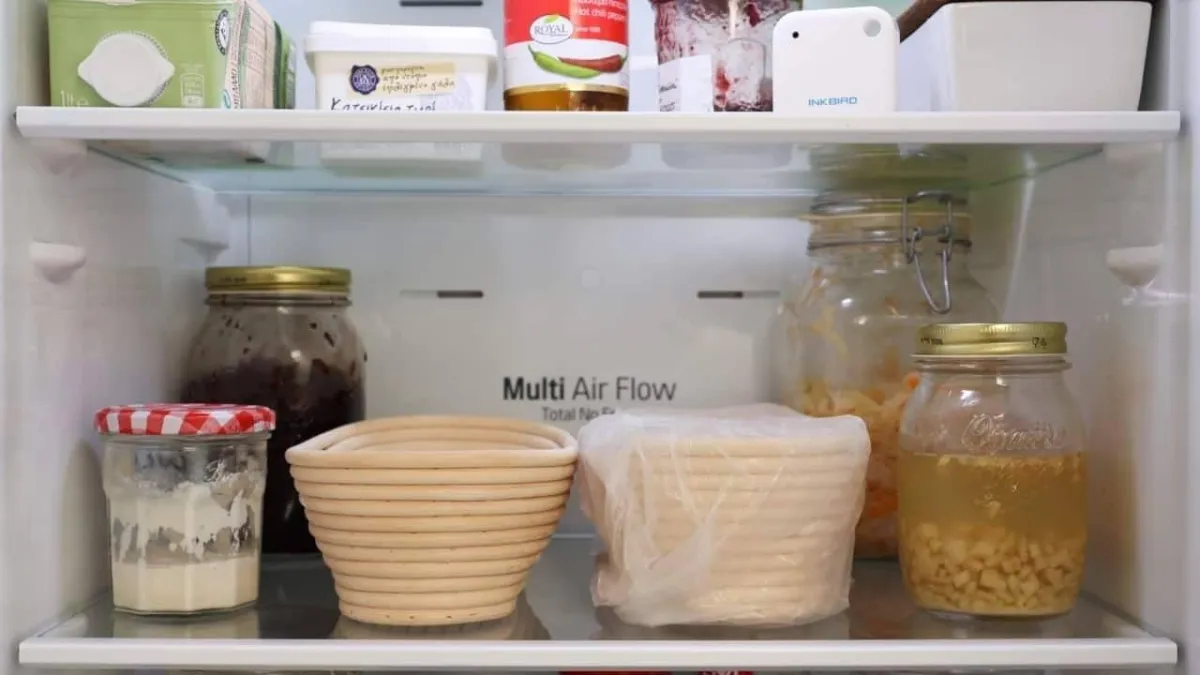
After bulk fermentation and shaping, you put your dough into the refridgerator for 12-72 hours. It is during this refrigeration that your dough develops the sour taste. The longer ferment, the more sour the bread.
Crumb
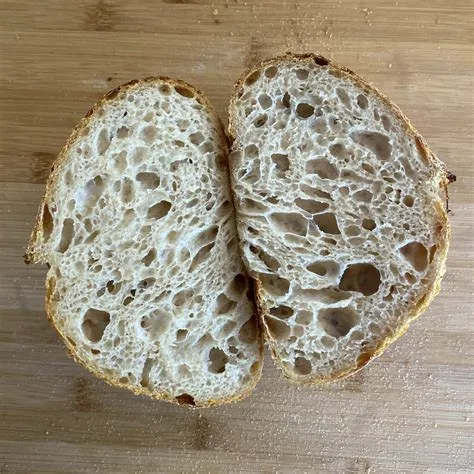
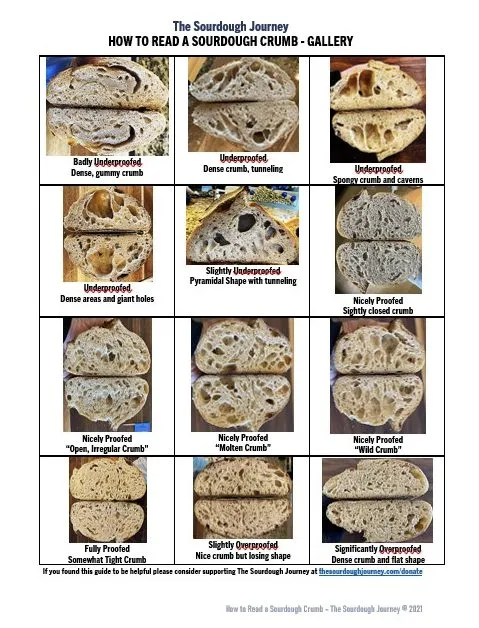
This refers to the light, fluffiness or denseness of your bread. You cut your bread in cross section to observe the crumb. If fluffy crumb is your goal, it can be aided by using bread flour. Bread flour has a higher protein content which adds strength to your dough. Rye flour has very little protein and will always create a heavy, dense crumb. A high hydration dough recipe will help you get the perfect crumb.
Discard
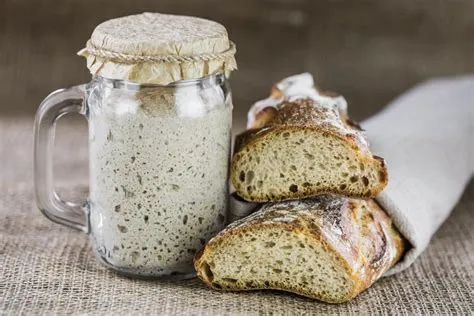
This is simply unfed starter. You want to keep it in an air-tight container in the refrigerator until you decide to make something with it. It can be used to make all sorts of yummy baked goods - brownies, pancakes, tortillas, crackers, cookies, sweet breads, naan, pitas, etc. Do not discard your discard. And if you ever mess up your starter, just feed some of your discard and you now have an active starter again
Dutch Oven
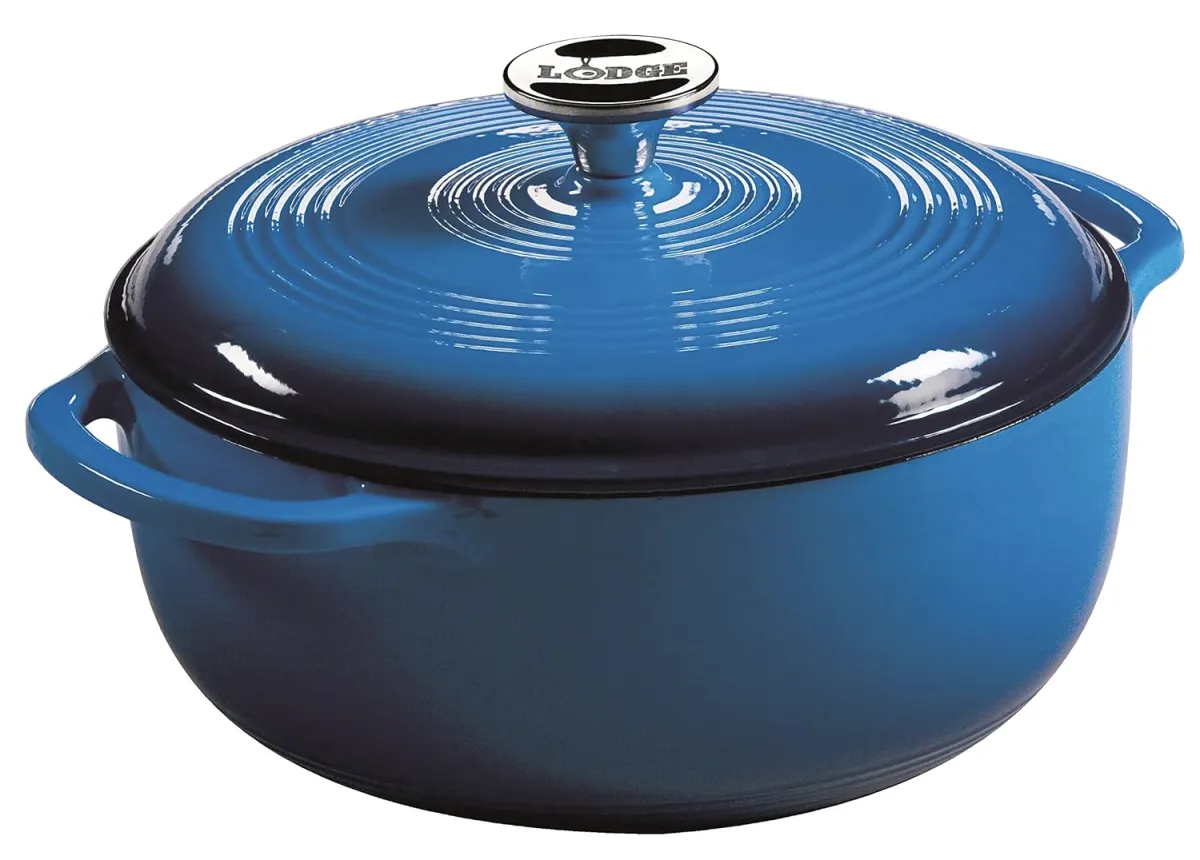
A domed shaped baking vessel that creates the desired steam for baking bread and helps you get the best oven spring.
Ear
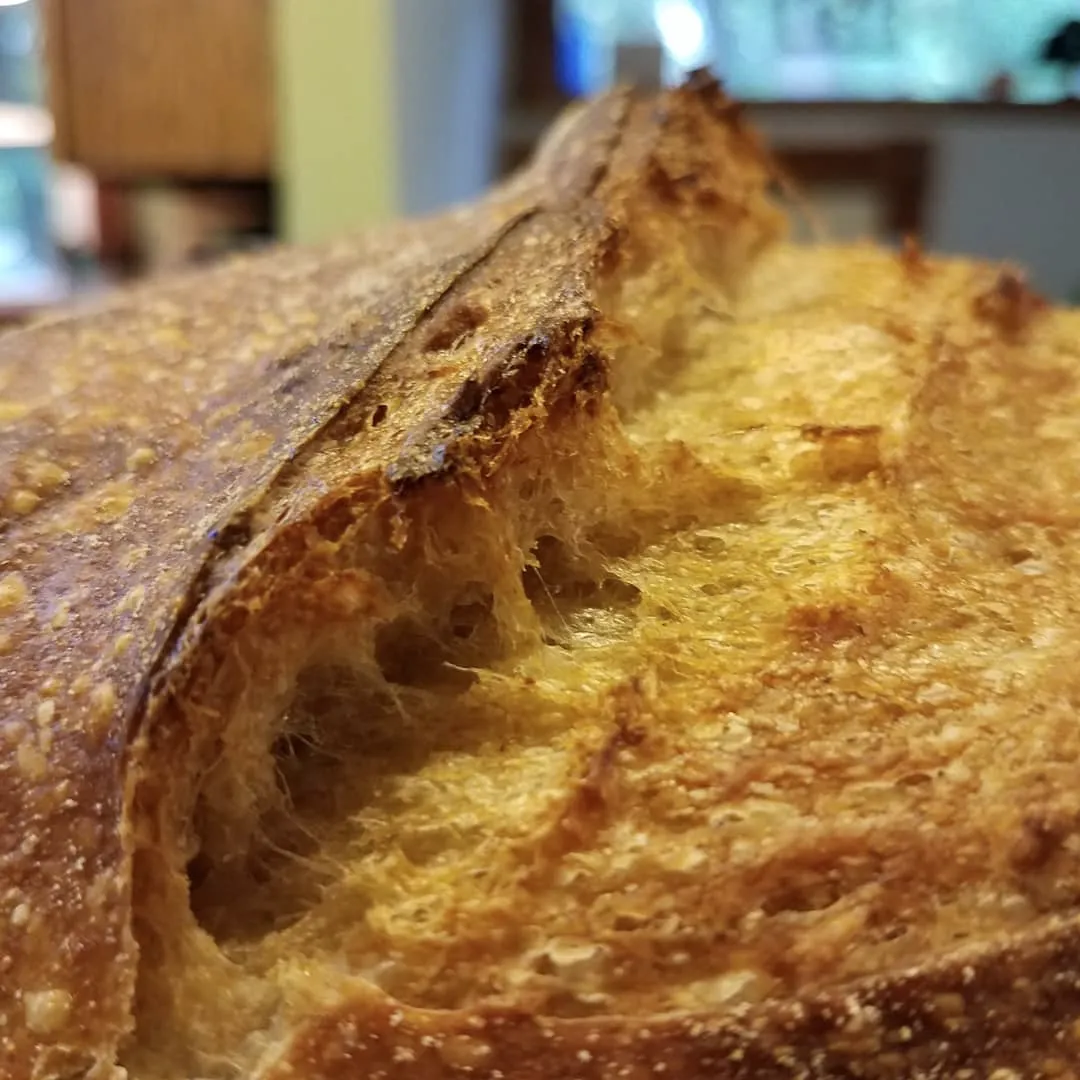
An ear is the extra, crunchy flap that forms on the top of your sourdough as it bakes. This is created when the bread expands and releases steam while it bakes, pushing up the flap of dough.
Fermentalyse
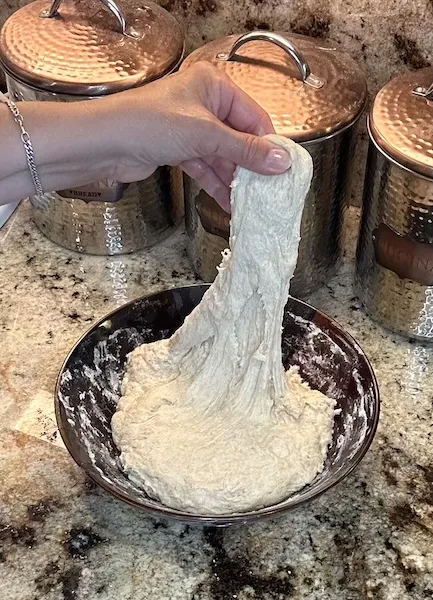
This is when you mix the flour water and levain (or ripe starter) and let it sit for an hour or so, before adding the salt.
Flour Duster
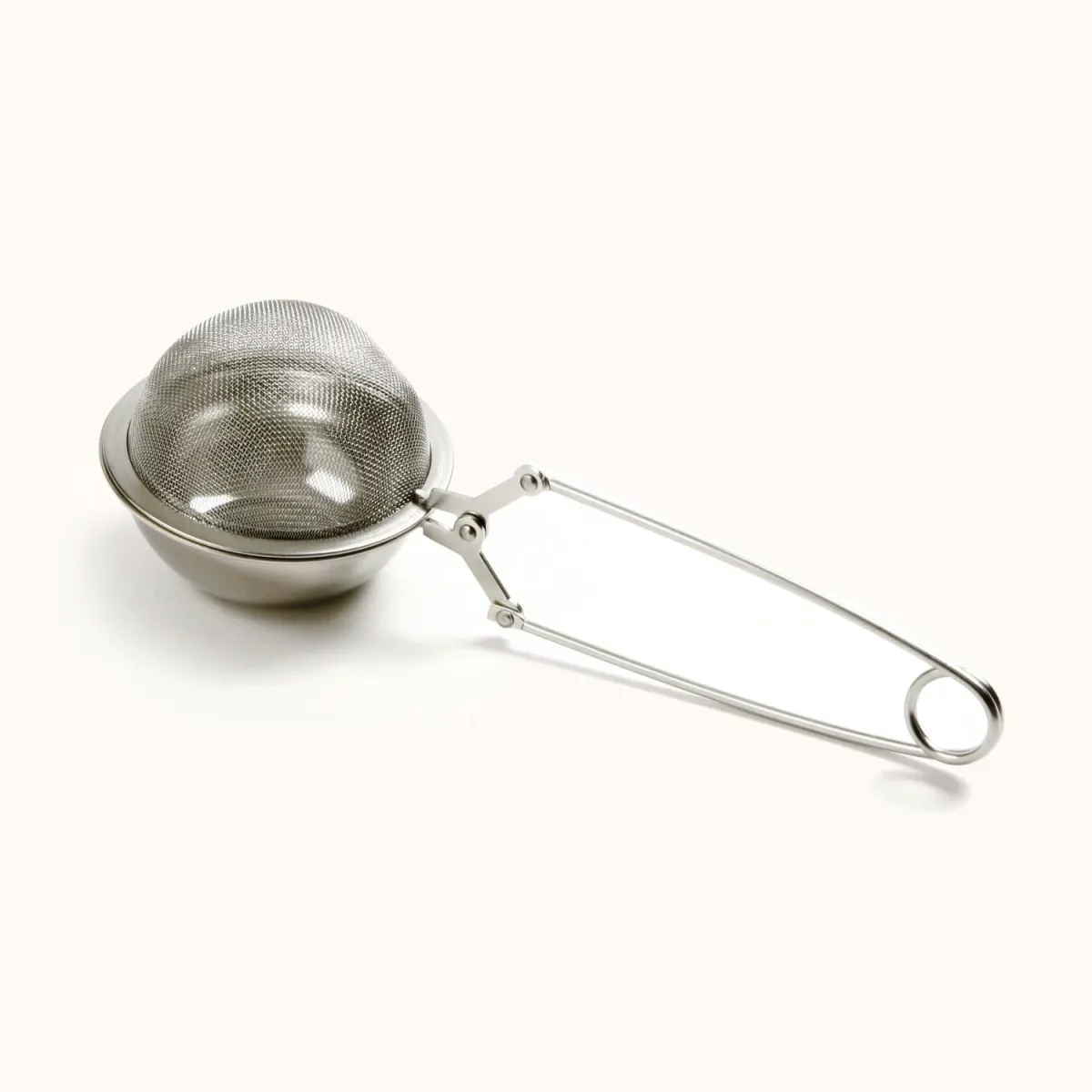
A small metal cooking tool (looks like a tea ball) use to sprinkle rice flour on your unbaked loaf so your design shows up. It can also be used to sprinkle color onto your loaf before scoring. For example, you can mix beet root powder with Thai rice flour and get a nice red color on the outside of your loaf.
Hooch
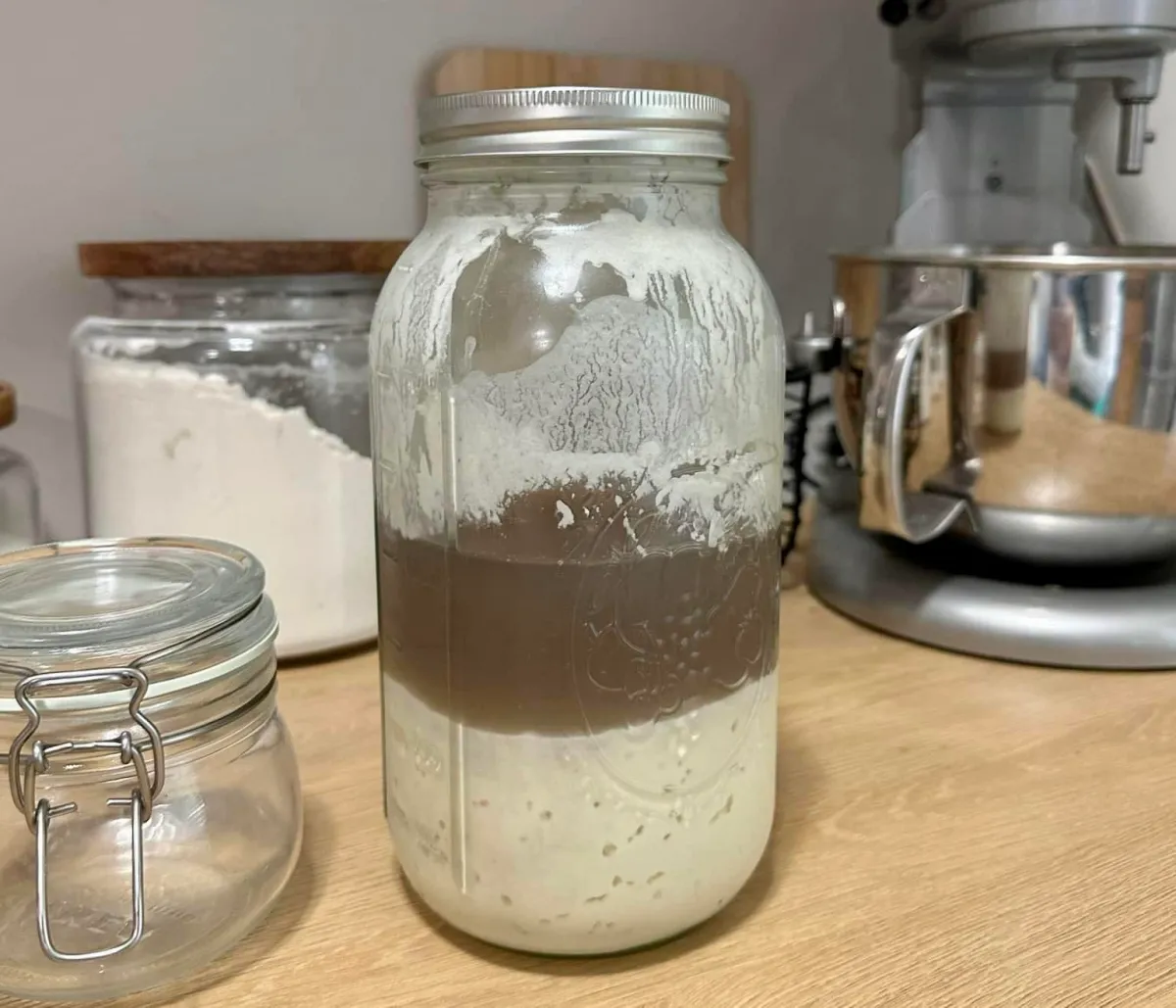
This is the clear liquid that forms on top of your refrigerated starter after 3-7 days if it has not been fed. As the pH level continues to fall, it will go from clear, to yellow, then grey and finally darker grey or black.
Laminate
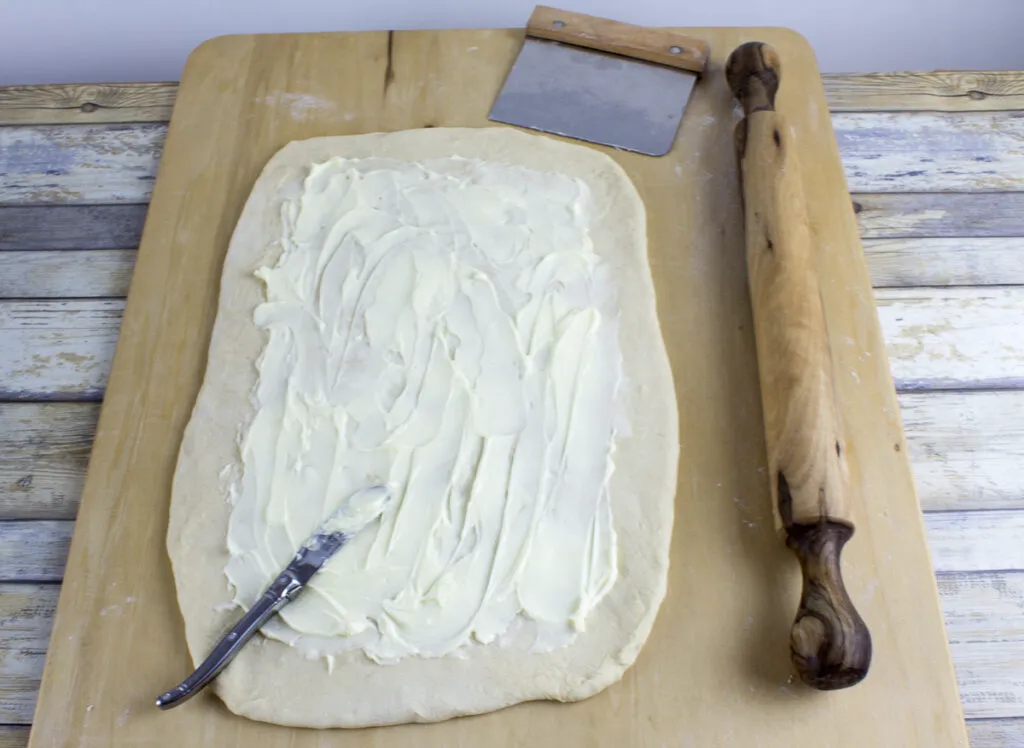
Spread your dough out on the counter in the shape of a rectangle. This is when you can add your favorite mix-ins — rosemary cheddar, jalapeño cheddar, rosemary parmesan, dill herb, chocolate cinnamon, cranberry white chocolate, blueberry lemon, ….
Levain
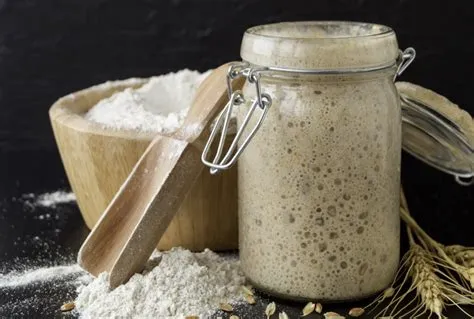
Starter you have fed and are activating to make your next loaf of bread.
Oven Spring
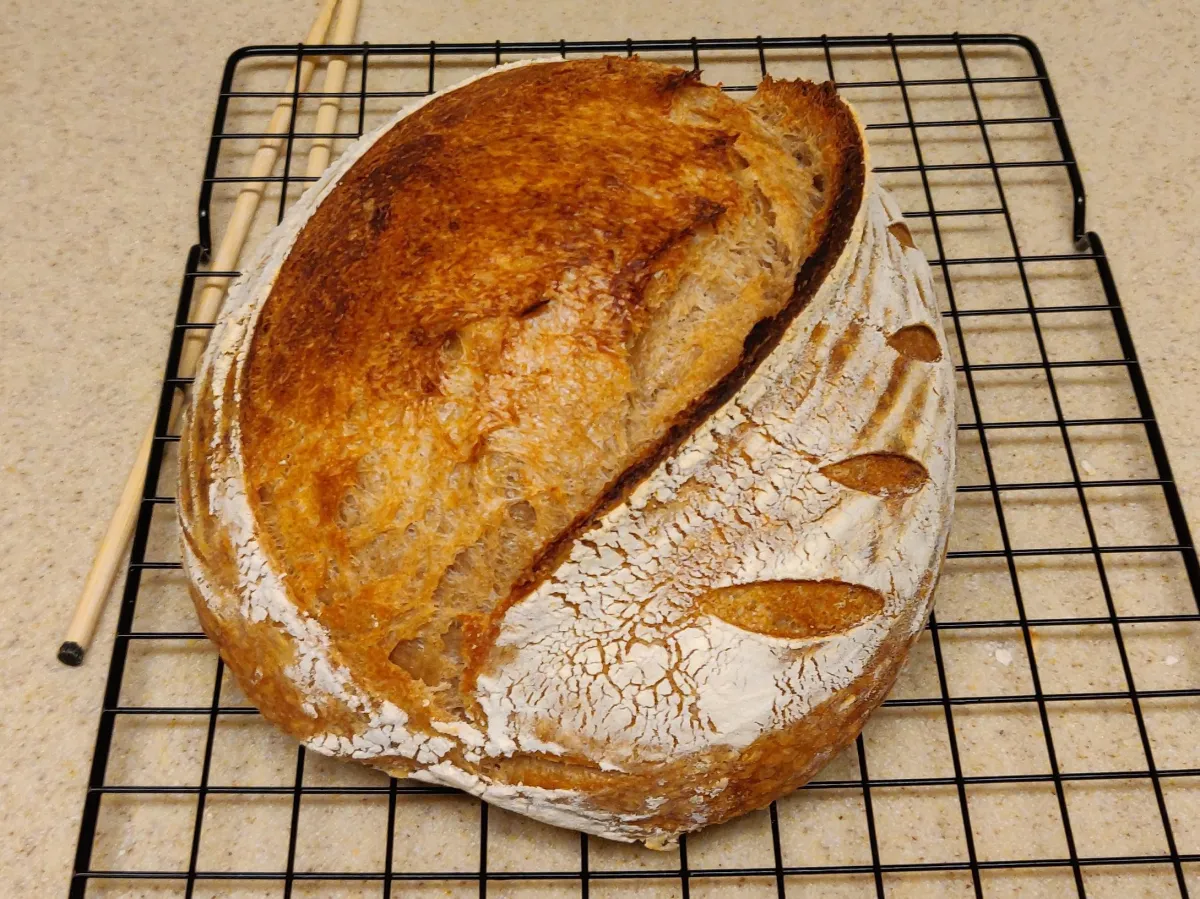
An oven spring is the initial burst of rising that happens just after a loaf is put into the hot oven. A good oven spring is achieved by stretching the dough through stretch and fold and coil folds.
Proof
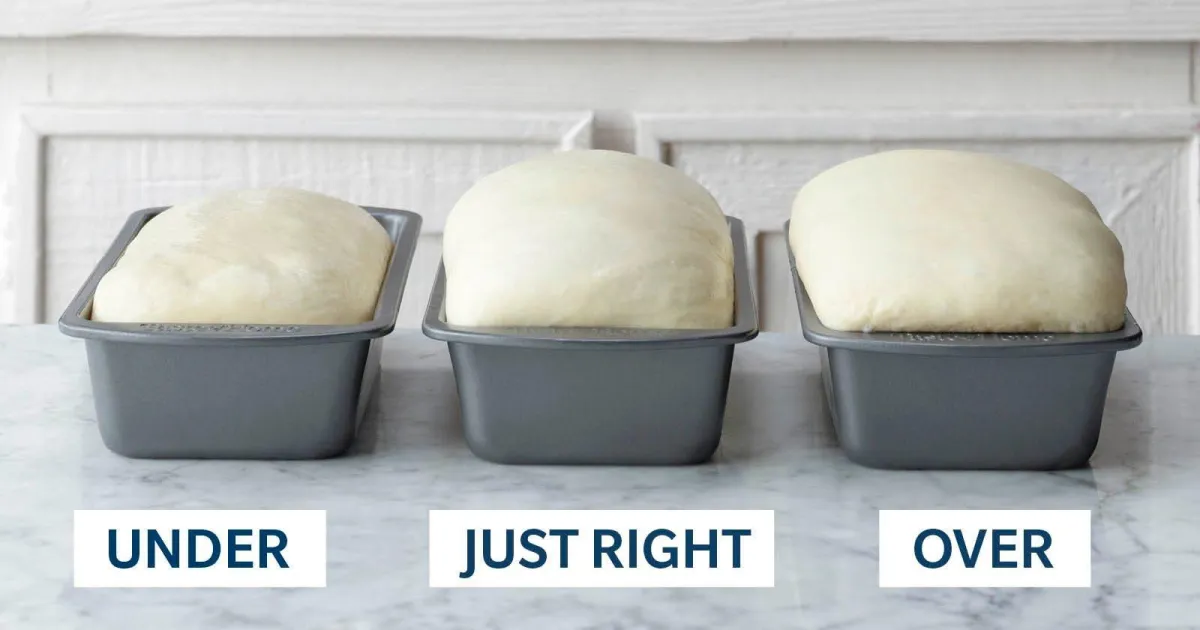
This is another term for the raising of the dough (bulk ferment). Proofing your dough too quickly (in a hot environment) leads to an over-proofed dough. This creates a dense, pancake like loaf. Too cold of an environment takes a lot longer to bulk ferment and you may end up shaping your dough prematurely.
Razor
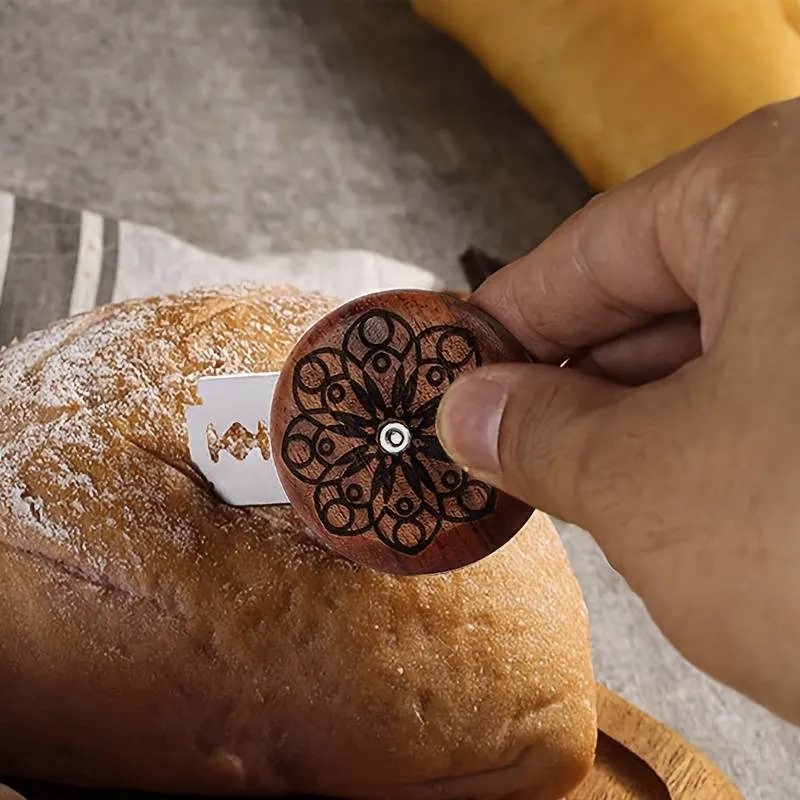
A razor is used to make shallow or detailed cuts in your bread prior to baking so you can create artful designs.
Scoring
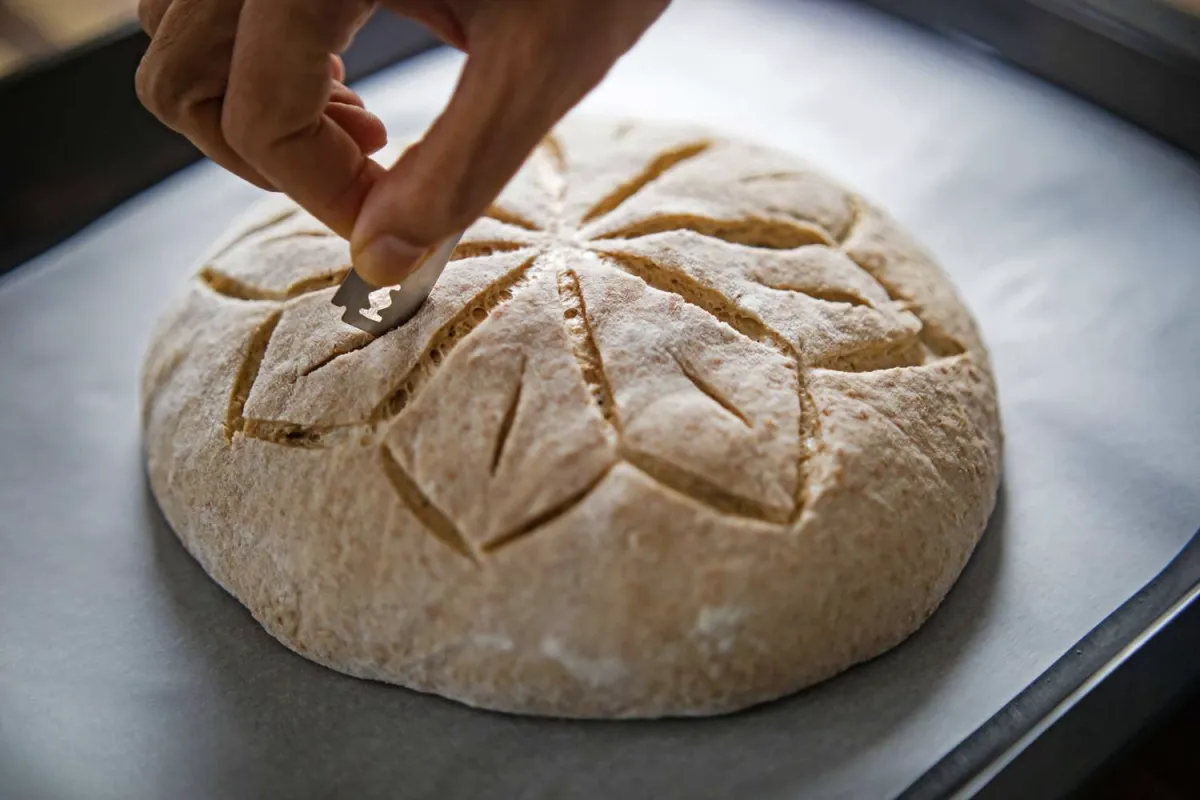
This is making cuts in your cold dough prior to baking. When your cold dough meets the oven, steam will escape. Scoring helps you control where the steam escapes. Unsecured bread will crack in unexpected places and the loaf will not look as beautiful. The deeper the cut, the larger the opening created when baked.
Starter
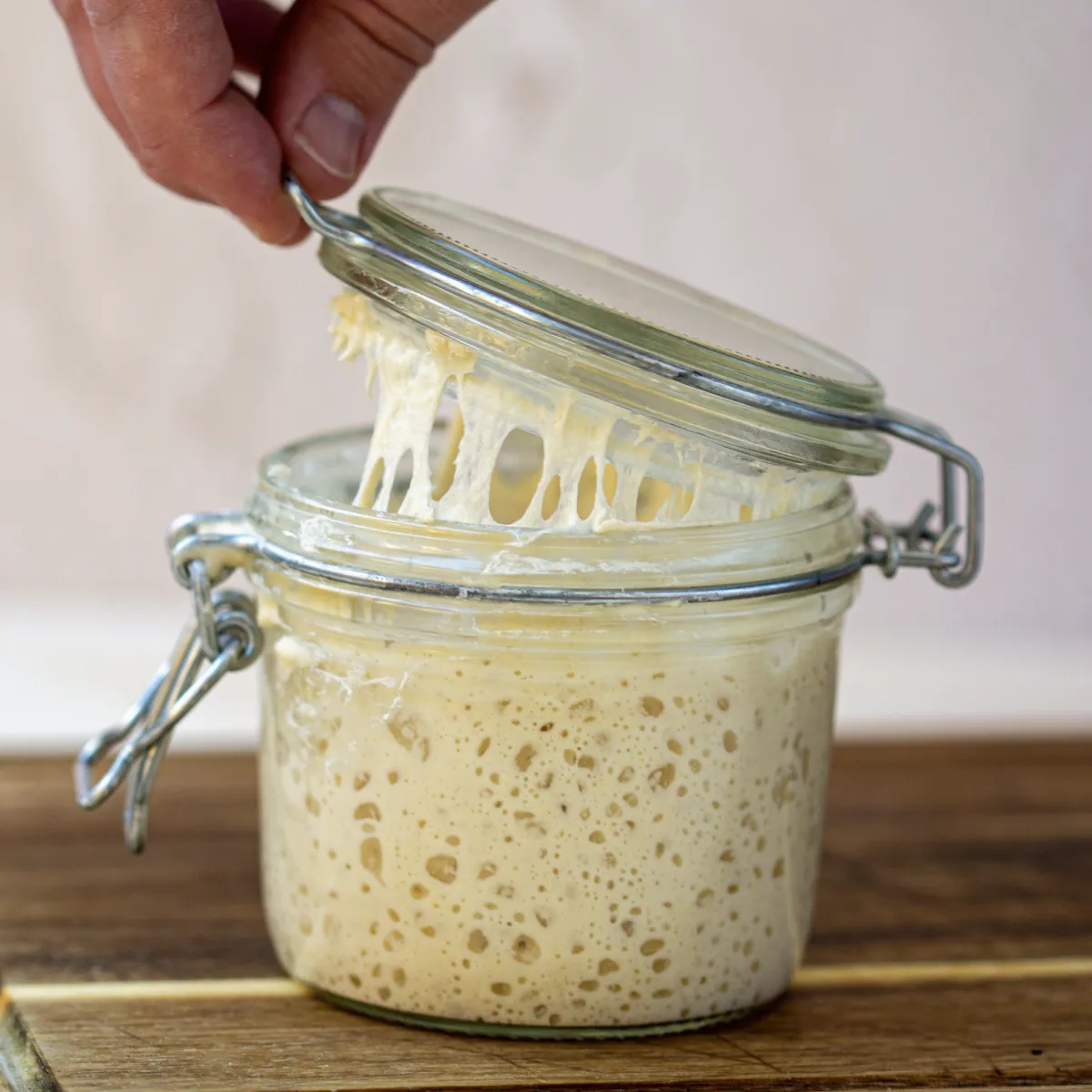
This is your active fed starter, you will use it to make a levain or use it directly in your bread recipe. Your state can be refrigerated, frozen, dried and stored in an air tight container if you are not going to be baking bread soon.
Stretch & Folds
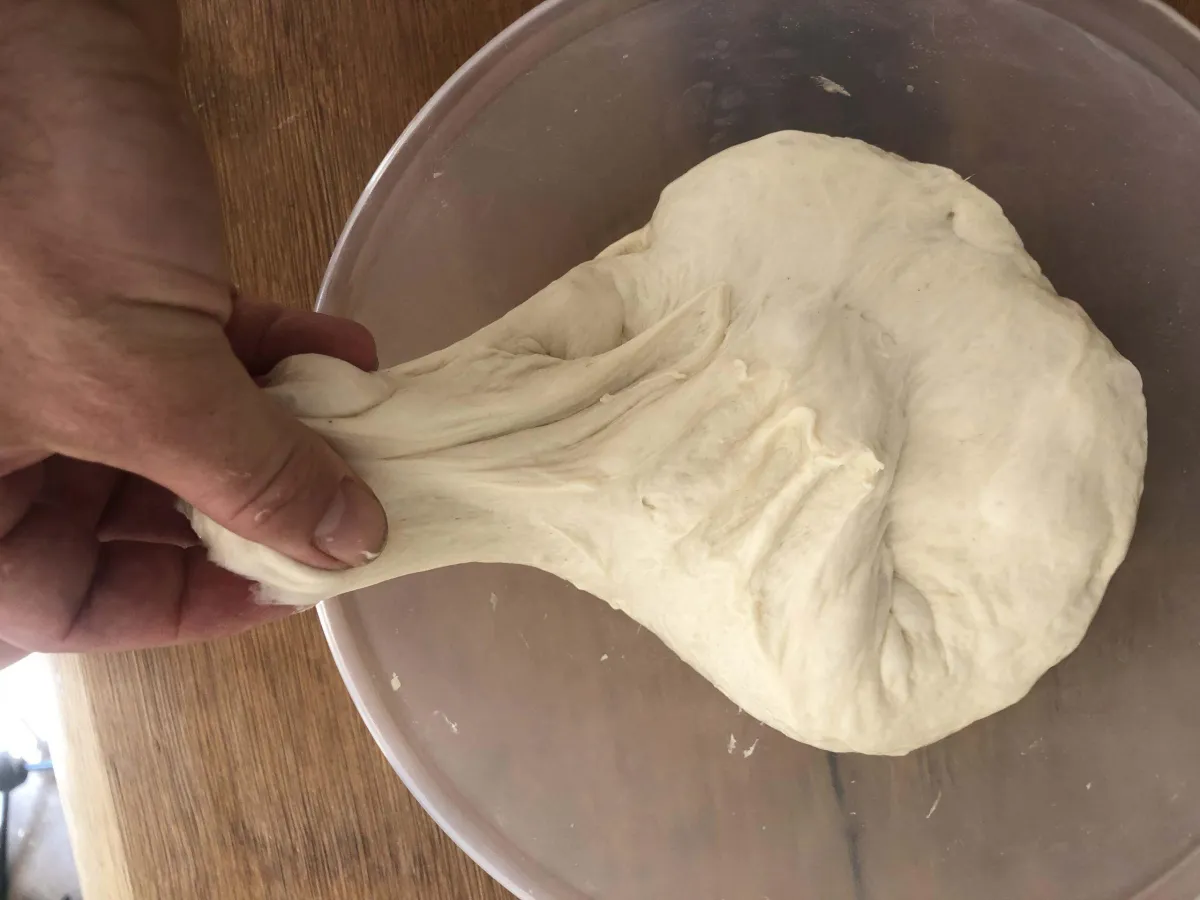
The initial folds done when you’ve just mixed up your dough. While still in the bowl. Stretch a section of the dough as high as you can and fold it back on itself. Rotate your bowl 90 degrees and repeat. Doing a series of four of these pulls is considered one stretch and fold.
Join Our FREE Newsletter!
Sourdough Living is dedicated to bringing you the best information about sourdough life with fantastic recipes, how-to instructions, problem solving tips, and great equipment to make your sourdough experience the best it can be! Click the button to join now for free!
